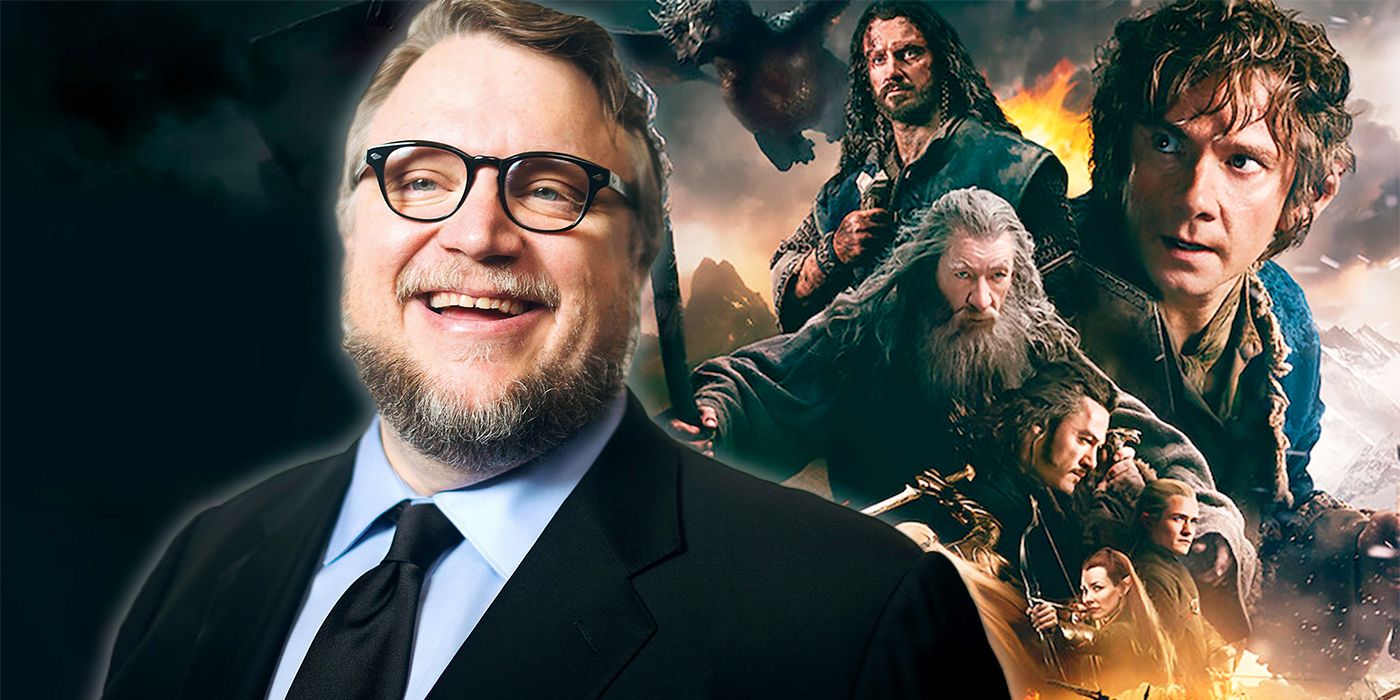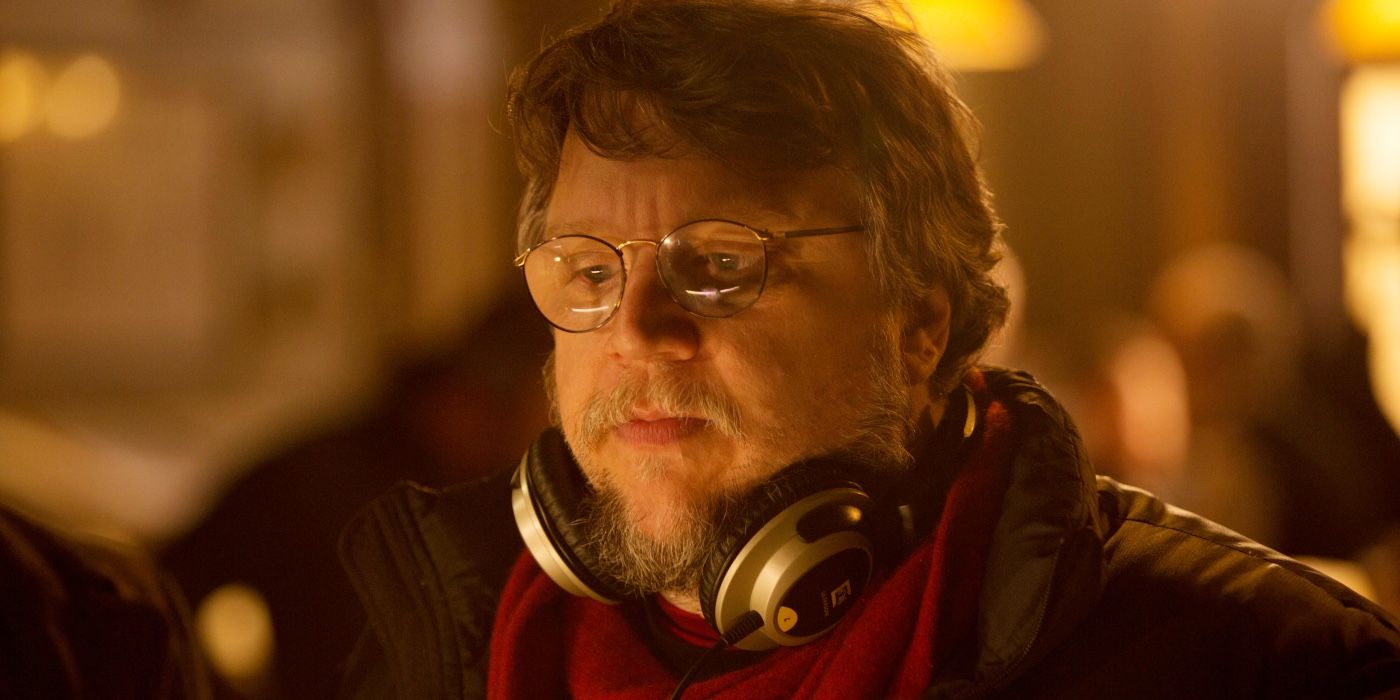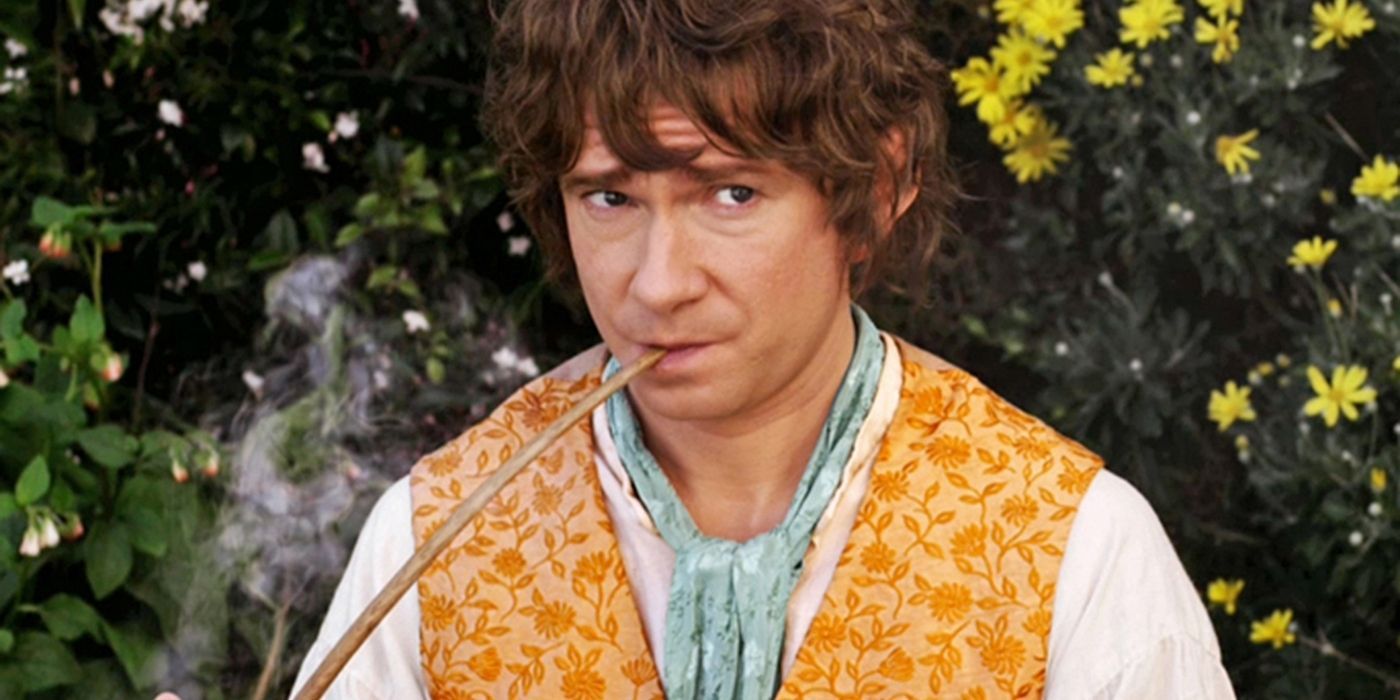Peter Jackson's The Lord of the Rings franchise helped revolutionize the moviegoing experience by introducing grand battles and a slow buildup of tension leading to the final act. As a result, the films have become iconic and represent a perfect blend of live-action acting and extensive CG set pieces to help bring to life a world as unique as Middle-earth. That said, it would take some time for The Hobbit to hit the silver screen eventually, and before Peter Jackson took the reins, Guillermo del Toro was meant to help the project, but he left.
Since it was a prequel to the Peter Jackson films, The Hobbit was always on the docket to be adapted into a movie, but as an article on Looper describes, rights issues kept that from happening for quite some time. However, thanks to the success of The Lord of the Rings, the possibility for the prequel became even more possible, but Jackson wasn't planning on directing the film following the trilogy.
In 2008, del Toro was officially signed on to bring the movie to life, with Jackson helping with the screenplay and producing. While the two seemed like the perfect pair, as they were both masters of horror and fantasy, fate would have one leaving and the other taking his place.
When creating a new project based on source material, there are challenges in properly adapting the narrative while giving audiences something new to latch on to. As a result, the writing process becomes a unique beast to tackle that constantly changes and evolves. According to del Toro, "...every week there's a discovery, and anything we say this week [might] be contradicted next week..." These types of creative processes can often be grating and time-consuming, but what slowly became more evident was the growing scope of the project.
When The Hobbit novella was first released, it was a much shorter story than the three-book epic J.R.R. Tolkien followed it up with. Because of this, The Hobbit film was meant to be only one outing that carefully sets up the events of The Lord of the Rings. However, as the writing process grew, it became clear that the one film was quickly growing into two. In addition, the constant story revisions that changed the script would also push back the start date. While this wasn't a large issue at first, MGM's financial problems at the time became a separate issue that impacted principal photography as well.
When script revisions were finally completed, and the film was ready to go, the next hurdle came when MGM's money issues pushed back the start date of the production. At this point, it had been two years since del Toro signed on to direct, and he had prior obligations with other projects that eventually led to him leaving in 2010. However, del Toro would still help rework some script areas, as Jackson took over the project and began to adapt Bilbo's journey before hitting theaters in 2012.
Del Toro's vision for the film was based more in a fairy tale setting than what came before but would gradually delve into what Peter Jackson had already established. This direction would have also shown how the tone of Middle-earth had changed, leading up to Frodo's journey. However, with Jackson taking over, the two film epic quickly grew into three and ultimately let superfans wonder how much more different del Toro's adaptation would have been in comparison. Nevertheless, del Toro and Jackson's experiences with The Hobbit prove that Hollywood's ideas are never set in stone, and anything can change it at a moment's notice.



